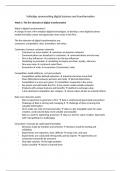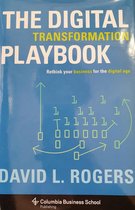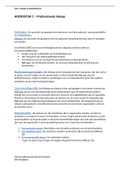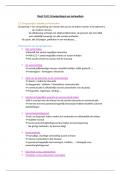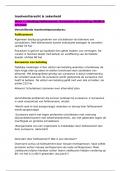Samenvatting
Complete summary of Digital Business and Transformation 2023/2024 including the book, lectures, and articles
- Instelling
- Rijksuniversiteit Groningen (RuG)
Complete summary of Digital Business and Transformation 2023/2024 including the book, lectures, and articles. It is divided in seven weeks and it contains the material discussed in that specific week. Rogers, D.L. (2016). The Digital Transformation Playbook: Rethink Your Business for the Digital A...
[Meer zien]
